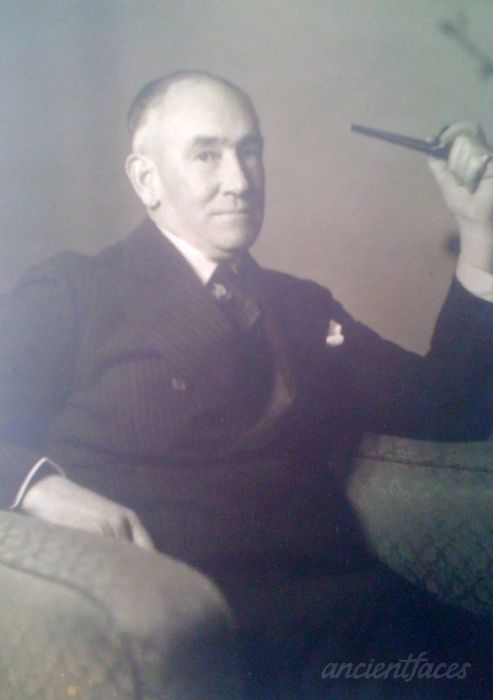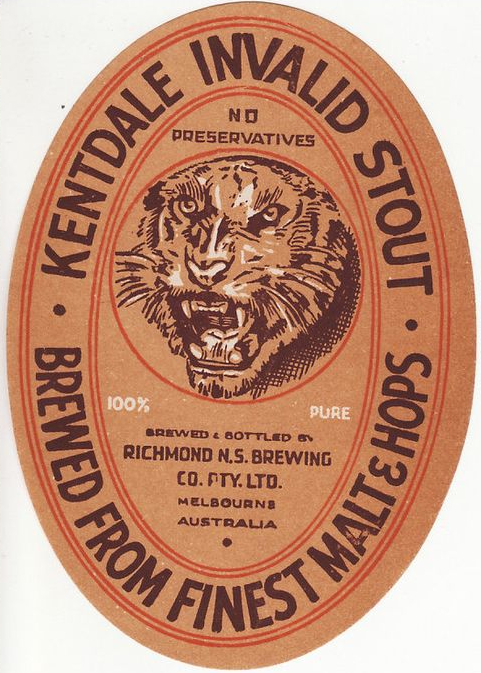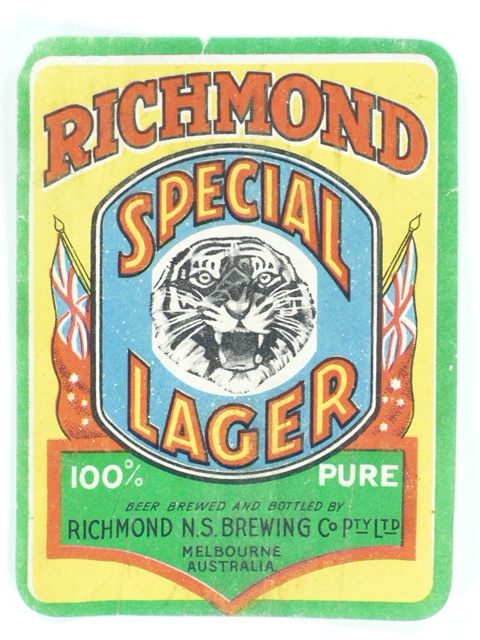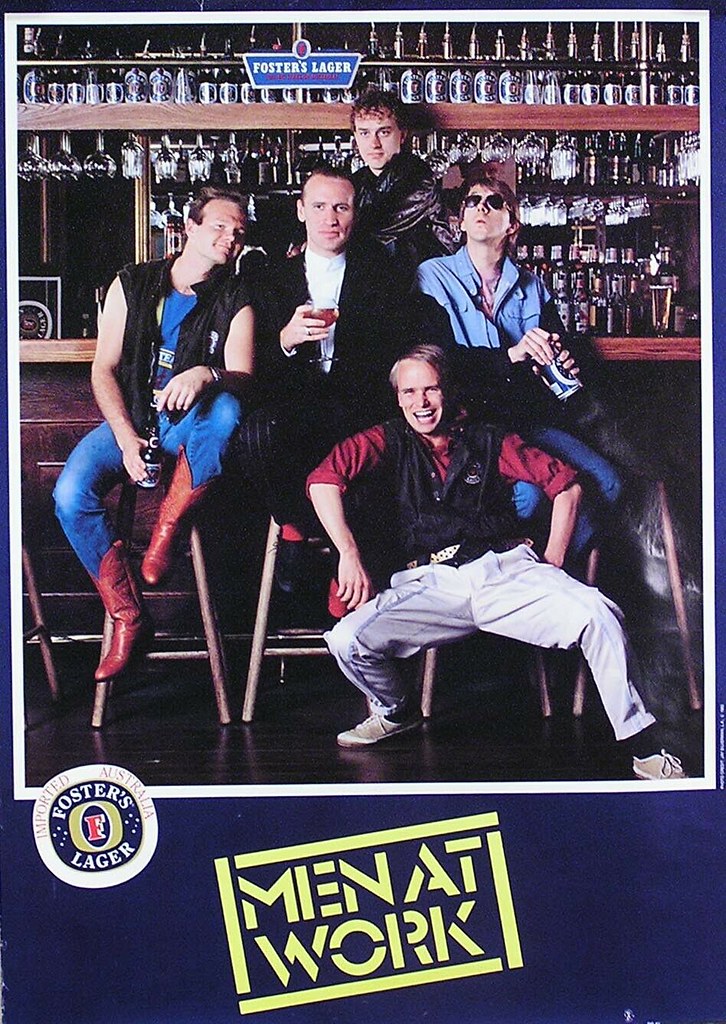Today is the 45th birthday of Nick Galton-Fenzi (October 18, 1979- ). He is from Perth, in Western Australia, where he’s the “Innovation and Product Development Brewer at NAH Limited, Consultant Brewer at Golden Bosun Tavern and Product Developer at Carib Brewery St Kitts & Nevis LTD” though his main gig seems to be Nick’s Ale House in Perth. Over his 25 years brewing commercially, he’s worked at and/or owned 50 different places in 23 countries. I first met Nick in South Africa judging the African Beer Cup a few years ago and have subsequently run into him in various beer competitions around the world, and he’s a great international ambassador for good beer. Join me in wishing Nick a very happy birthday.
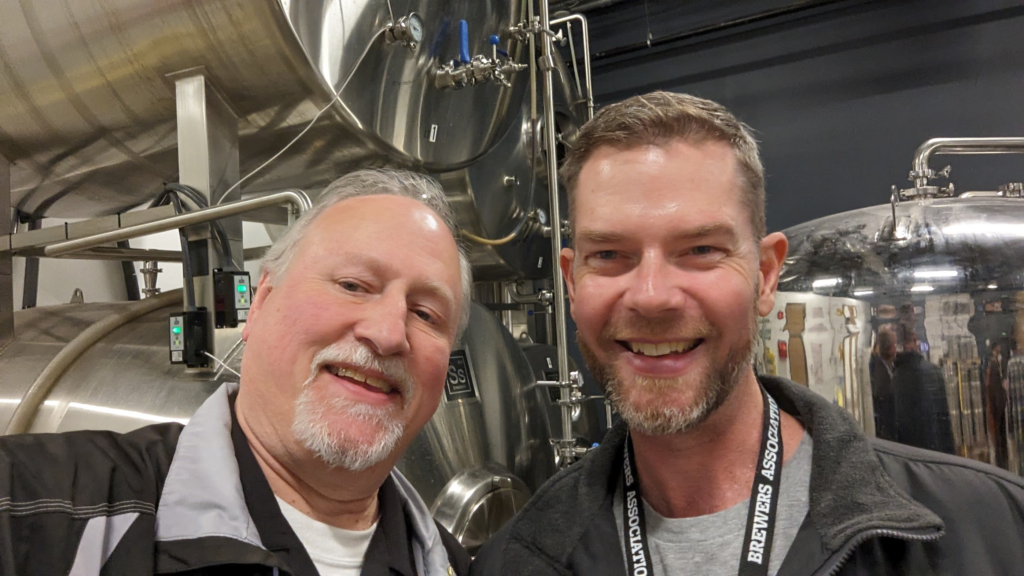

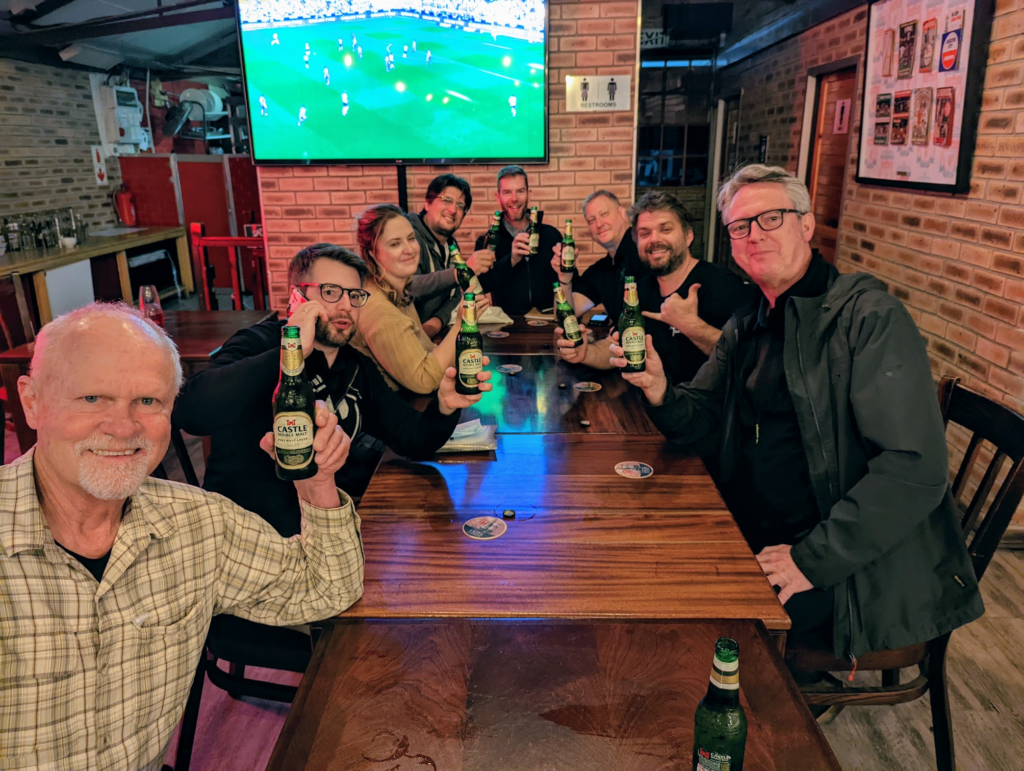


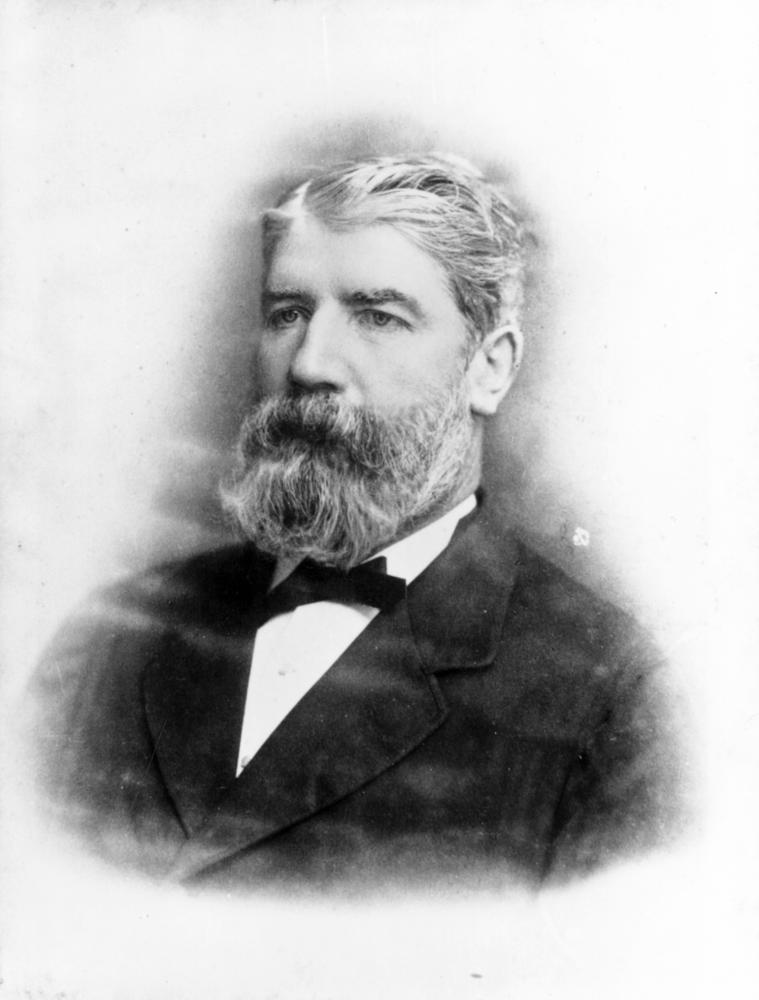


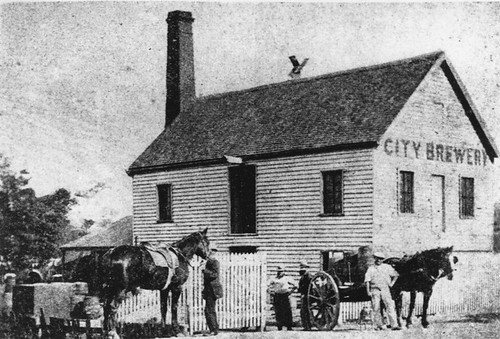

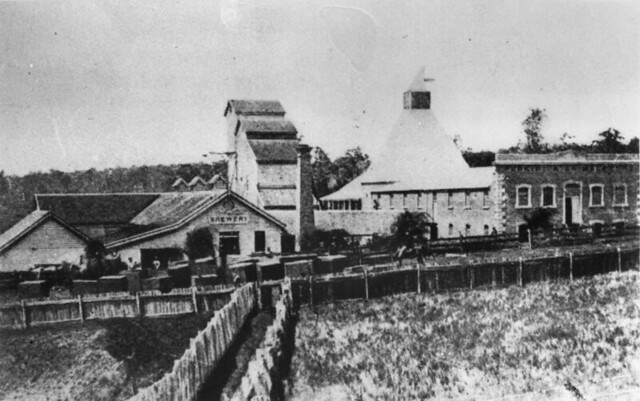


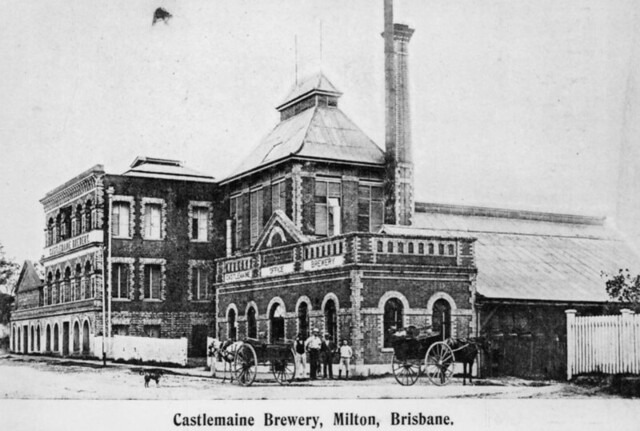
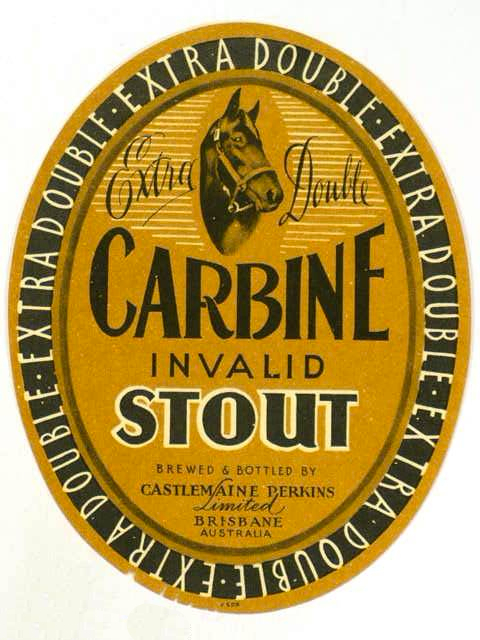
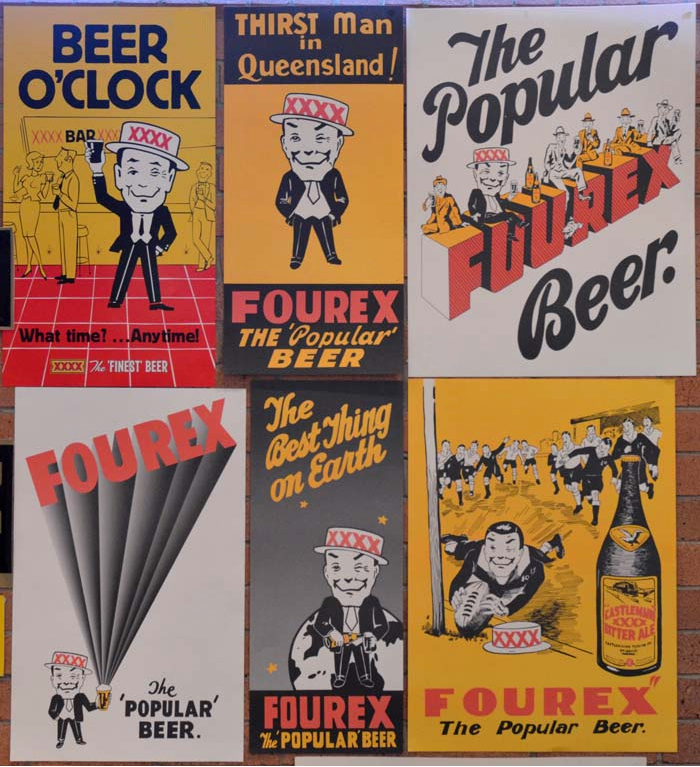
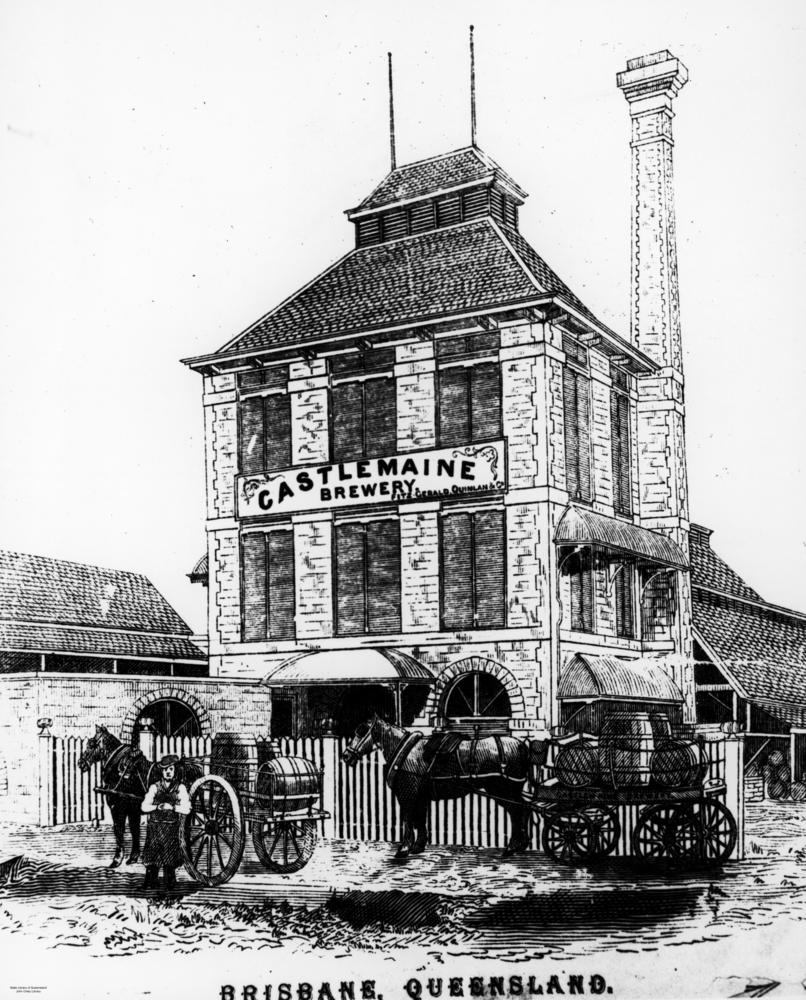
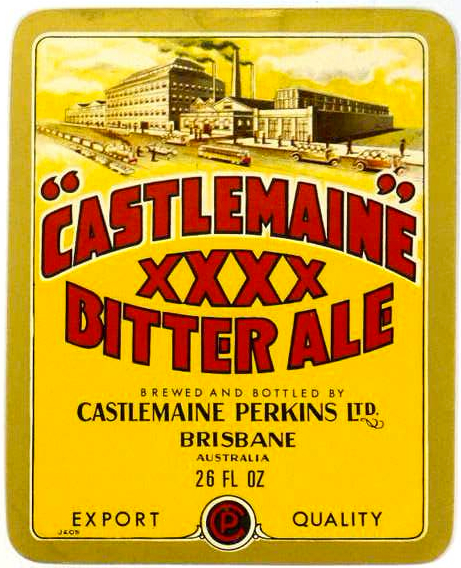

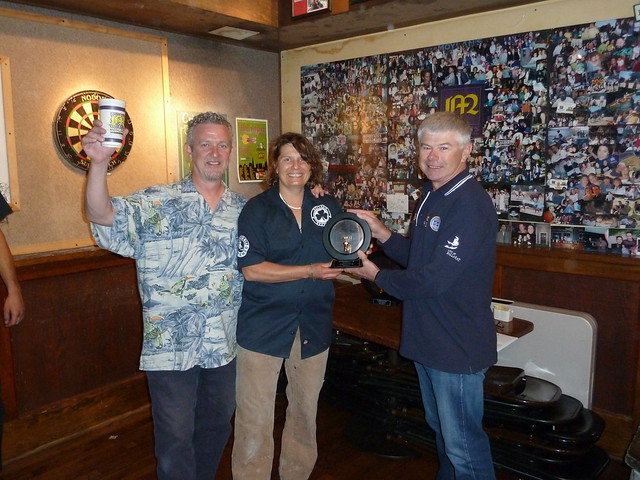 Peter at Moylan’s in Novato to present the Australian International Beer Awards Trophy to Brewmaster Denise Jones and Owner Brendan Moylan.
Peter at Moylan’s in Novato to present the Australian International Beer Awards Trophy to Brewmaster Denise Jones and Owner Brendan Moylan.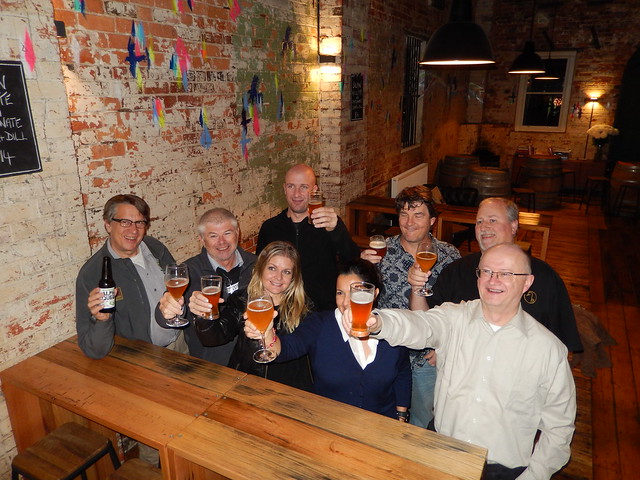 Peter (second from the left) with a number of the foreign judges during a dinner in Ballarat for the AIBA in 2014, including me in the back right.
Peter (second from the left) with a number of the foreign judges during a dinner in Ballarat for the AIBA in 2014, including me in the back right.
